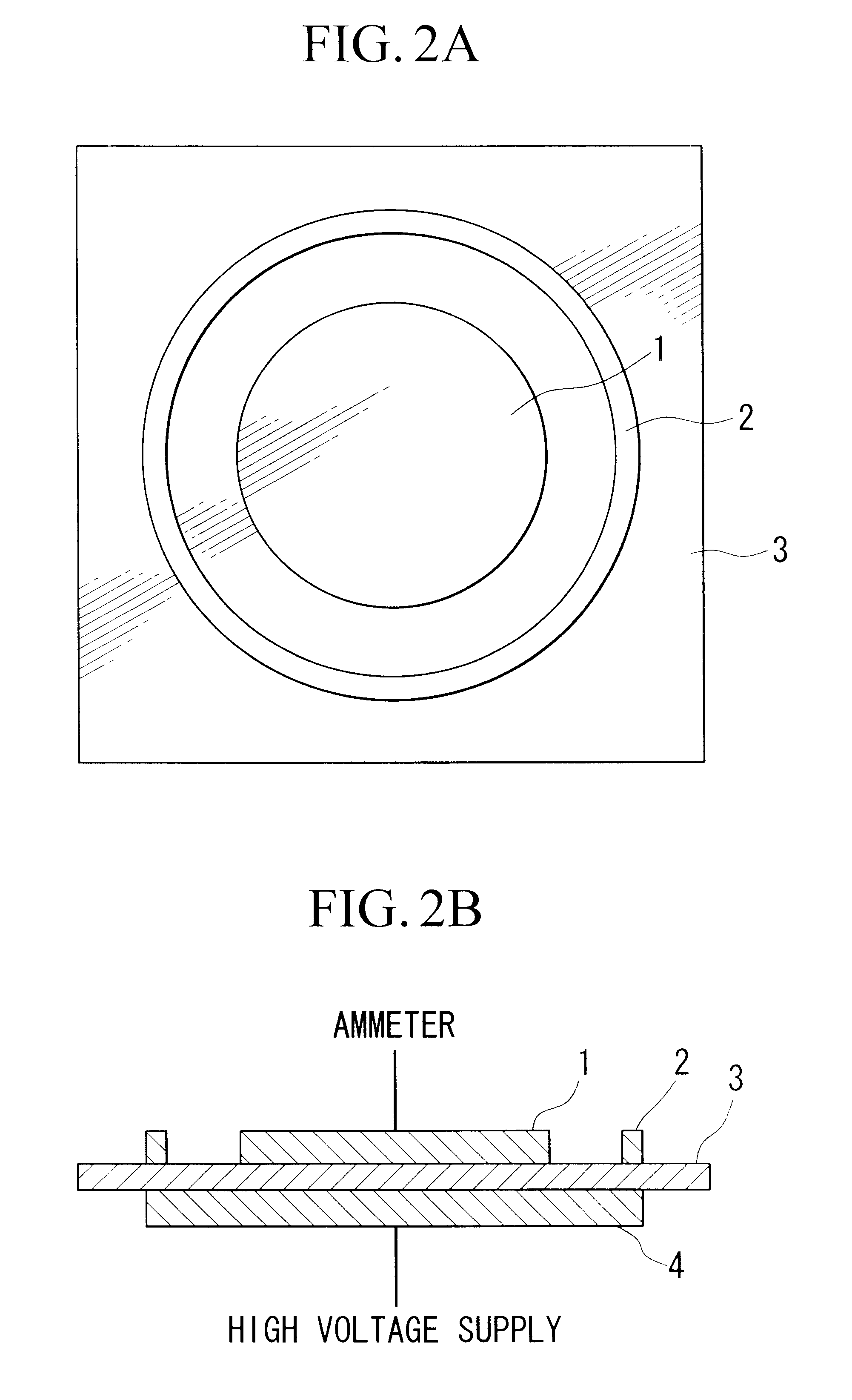Ethylene/alpha-olefin copolymer
a technology of alpha-olefin and copolymer, which is applied in the direction of closure stoppers, packaging, synthetic resin layered products, etc., can solve the problems of inferior processability, distinct processability of conventional lldpe, inferior processability, etc., and achieve superior optical characteristics, mechanical strength, thermal resistance, heat sealing strength, and productivity. , the effect of improving the quality of the produ
- Summary
- Abstract
- Description
- Claims
- Application Information
AI Technical Summary
Benefits of technology
Problems solved by technology
Method used
Image
Examples
examples
In the following, the present invention will be explained in detail by means of examples. However, it should be noted that the present invention is not limited to these examples.
(Experimental Method)
[Density]
The measurement of the density was performed according to JIS K6760 as the standard.
[MFR]
The measurement of the MFR was performed according to JIS K6760 as the standard.
[Measurement of T.sub.m1 by DSC]
After processing a sheet possessing a thickness of 0.2 mm by means of a heat press, an approximately 5 mg sample was stamped from the sheet as the test material. This test material was maintained at 230.degree. C. for 10 minutes, followed by cooling to 0.degree. C. at a rate of 2.degree. C. per minute. Subsequently, while increasing the temperature once again of the test material to 170.degree. C. at a rate of 10.degree. C. per minute, differential scanning colorimetry (DSC) was performed, and the temperature of the peak of resulting the highest temperature carve was recorded as th...
examples 1 to 5
[Preparation of a solid catalyst]
Initially, 1000 ml of toluene purified under the presence of nitrogen, 22 g of tetraethoxy zirconium (Zr(OEt).sub.4) and 74 g of indene were added to a catalyst preparation device equipped with an electromagnetic induction stirrer. While maintaining the resultant mixture at 90.degree. C., 100 g of tripropyl aluminum was then added in a dropwise manner over 10 minutes, and the mixture was allowed to react for two hours at the same temperature. After cooling the reaction mixture to 40.degree. C., 3200 ml of a toluene solution of methyl aluminoxane (concentration 2.5 mmol / ml) was added thereto and stirred for 2 hours. Subsequently, 2000 g of silica (#952, surface area 300 m.sup.2 / g, manufactured by W. R. Grace & Co.) which had been pre-baked for 5 hours at 450.degree. C. was then added thereto, and after stirring at room temperature for 1 hour, the resultant mixture was dried under a nitrogen flow and reduced pressure at 40.degree. C. to yield a solid ...
examples 6 to 10
[Blown film fabrication]
An ethylene copolymer, respectively produced by means of the gas-phase polymerization of Examples 1 to 5, and a commercially available low density polyethylene (Brand name: J-Rex LD F31N manufactured by Japan Polyolefins Co., Ltd.) obtained by means of a high pressure process, as the other polyolefin, were mixed according the blending ratios shown in Table 4, using a Henschel mixer for 5 minutes, then kneaded in a 40 mm.phi. extruder, and then pelletized to produce an ethylene-.alpha.-olefin copolymer composition.
Using the resultant ethylene-.alpha.-olefin copolymer composition, a film comprising a thickness of 30 .mu.m was formed using a 50 mm.phi. LLDPE film-specific processing machine having a die with a diameter 100 mm.phi. and a 2 mm lip gap, under the condition of a blow ratio of 1.9, take-up speed of 20 m / min, and a processing temperature of 200.degree. C. The resultant films were evaluated as described in the aforementioned. These results are shown in...
PUM
| Property | Measurement | Unit |
|---|---|---|
| Linear density | aaaaa | aaaaa |
| Percent by mass | aaaaa | aaaaa |
| Percent by mass | aaaaa | aaaaa |
Abstract
Description
Claims
Application Information
 Login to View More
Login to View More - R&D
- Intellectual Property
- Life Sciences
- Materials
- Tech Scout
- Unparalleled Data Quality
- Higher Quality Content
- 60% Fewer Hallucinations
Browse by: Latest US Patents, China's latest patents, Technical Efficacy Thesaurus, Application Domain, Technology Topic, Popular Technical Reports.
© 2025 PatSnap. All rights reserved.Legal|Privacy policy|Modern Slavery Act Transparency Statement|Sitemap|About US| Contact US: help@patsnap.com



